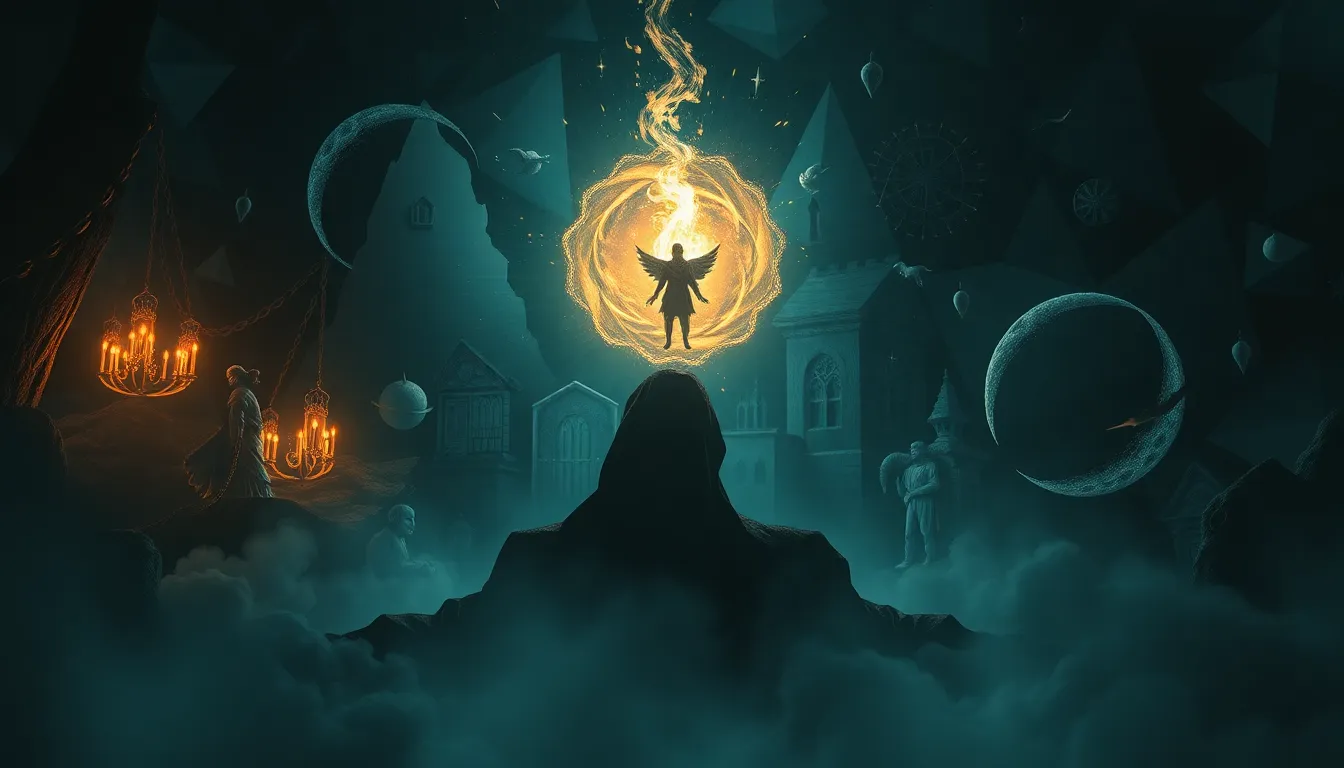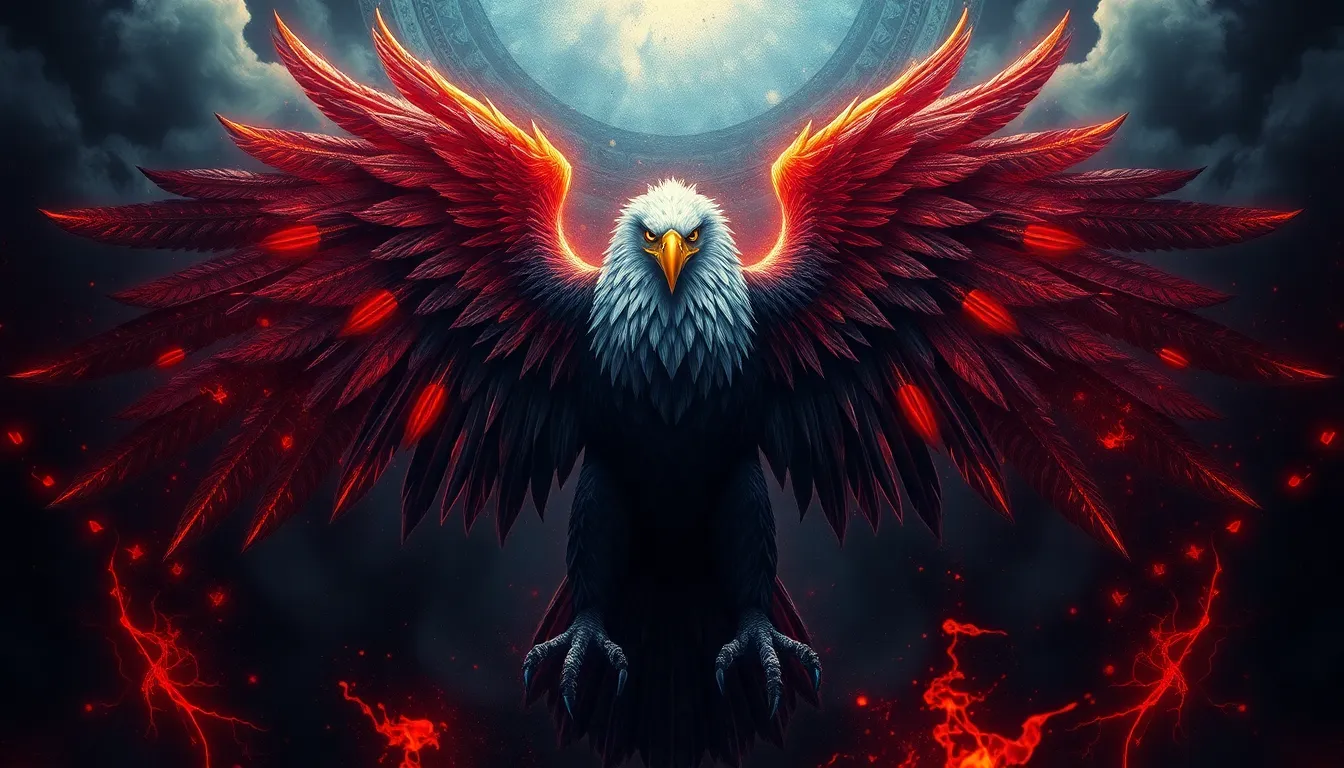The Sacred Beacons: Lighthouses of Myth and Legend
Introduction to Lighthouses: More Than Just Navigational Tools
Lighthouses have long served as vital navigational aids, guiding mariners safely through treacherous waters and helping them avoid perilous coastlines. Their towering structures and bright beacons stand as symbols of hope and safety in the midst of storms. However, beyond their practical purposes, lighthouses have woven themselves into the fabric of human culture, inspiring myths, legends, and tales that resonate across generations.
In various cultures, lighthouses are not merely functional constructs but are imbued with rich symbolism, representing guidance, protection, and the eternal struggle against the dark unknown. This article delves into the fascinating interplay between lighthouses and the myths that surround them, exploring how these beacons have transcended their roles as navigational tools to become sacred markers in the stories of human civilization.
The Origins of Lighthouse Myths: A Historical Perspective
From the earliest days of seafaring, humanity’s relationship with the sea has been one of both reverence and fear. Ancient civilizations, reliant on maritime trade and exploration, recognized the need for significant markers in the vast expanse of the ocean. Lighthouses, therefore, emerged as essential structures, guiding ships and providing safety to fishermen and traders alike.
In ancient maritime cultures, lighthouses were often seen as divine creations. They helped to establish trade routes, facilitated communication, and symbolized the connection between the mortal world and the divine. Their presence was often accompanied by myths that explained their origins or attributed mystical powers to their light.
Famous Lighthouses in Mythology
Several lighthouses have captured the imagination of cultures throughout history, becoming integral to local myths and legends. Among the most notable are:
- The Pharos of Alexandria: One of the Seven Wonders of the Ancient World, this lighthouse stood on the small island of Pharos in ancient Egypt. It was said to be built by the architect Sostratus and was not only a navigational aid but also a symbol of the city’s wealth and power. Myths surrounding the Pharos often depicted it as a guardian spirit of the harbor, casting its light to protect sailors from the chaos of the sea.
- The Lighthouse of Tainaron: This lighthouse, located in modern-day Greece, was believed to be a portal to the underworld. Ancient Greeks associated it with Hades, the god of the underworld, and it was thought to be a place where the living could communicate with the dead. The lighthouse’s flickering light symbolized the boundary between life and death, guiding souls to their final resting place.
Cultural Interpretations of Lighthouses
Lighthouses have featured prominently in the folklore of many cultures around the world. Their symbolism can vary, but certain themes are consistent:
- Guardians of the Sea: In Celtic mythology, lighthouses are often viewed as guardians that protect sailors from the dangers of the ocean.
- Guides to the Lost: In Greek mythology, the light of a lighthouse represents guidance for lost souls, leading them back to safety or into the afterlife.
- Symbols of Hope: In Chinese folklore, lighthouses symbolize hope, illuminating the darkness and guiding families to safety during storms.
This rich tapestry of interpretations underscores the universal significance of lighthouses as symbols of safety, guidance, and the human spirit’s resilience against nature’s fury.
Legends of Lighthouse Keepers and Their Ghosts
The lives of lighthouse keepers have given rise to numerous legends and ghost stories. These solitary figures, often isolated in remote locations, have inspired tales of bravery, tragedy, and the supernatural. Some notable themes include:
- Fateful Journeys: Many stories recount the lives of lighthouse keepers who faced harrowing storms, risking their lives to ensure the lighthouse’s light remained lit.
- Ghostly Apparitions: Numerous lighthouses are said to be haunted by the spirits of former keepers, guiding or warning those who venture too close to the rocky shores.
These stories serve as reminders of the dedication and sacrifice of those who have manned these beacons, often leading to a blend of history and myth that captivates the imagination.
The Role of Lighthouses in Maritime Superstitions
Lighthouses have also been entwined with maritime superstitions, shaping the beliefs and practices of sailors throughout history. Some common superstitions include:
- Seeing a lighthouse light before a storm is considered a bad omen, foretelling danger ahead.
- A sailor who fails to pay respects to a lighthouse keeper’s spirit may face misfortune on the sea.
- Lighting a candle in a lighthouse is believed to ensure safe passage for loved ones at sea.
These beliefs reflect the deep respect sailors have for the ocean and the lights that guide them, infusing lighthouses with a sense of mystical power.
The Artistic Representation of Lighthouses in Literature and Art
Lighthouses have inspired artists and writers for centuries, becoming symbols of hope, isolation, and the human struggle against nature. Notable representations include:
- Poetry: Poets like Edward Thomas and John Keats have used lighthouses as metaphors for guidance and inspiration.
- Literature: Novels such as Virginia Woolf’s “To the Lighthouse” explore themes of memory, loss, and the passage of time through the lens of a lighthouse.
- Visual Arts: Artists like Winslow Homer have captured the beauty and solitude of lighthouses in their works, highlighting their role as both navigational aids and symbols of resilience.
These artistic representations further cement lighthouses as enduring symbols in our cultural consciousness.
Modern-Day Lighthouses: Bridging Myth and Reality
Today, many lighthouses are preserved as historical landmarks, serving as reminders of maritime heritage. Their cultural significance continues to resonate, and they inspire new myths and legends:
- Restoration efforts ensure that these structures remain visible to future generations.
- Modern lighthouses incorporate advanced technology while maintaining traditional aesthetics.
In contemporary society, lighthouses remain a source of fascination, symbolizing the enduring human connection to the sea and the stories that surround it.
Exploration of Notable Lighthouses Around the World
Several iconic lighthouses are rich in history and myth, each with its unique stories:
- Cape Hatteras Lighthouse: Known for its striking black-and-white stripes, this lighthouse has been the subject of numerous shipwreck tales and legends of its ghostly keeper.
- Peggy’s Cove Lighthouse: Located in Nova Scotia, Canada, this picturesque lighthouse is steeped in folklore, with stories of shipwrecks and the spirits that are said to roam its shores.
These lighthouses not only serve as navigational tools but also as cultural touchstones, connecting us to the myths and legends of the past.
Conclusion: The Enduring Legacy of Lighthouses in Myth and Life
Lighthouses stand as enduring symbols of hope, guidance, and the human spirit’s resilience against the forces of nature. Their rich history and the myths that surround them reveal our collective fascination with the sea and our desire for safety amidst uncertainty. As we continue to preserve these remarkable structures, we also keep alive the stories and legends that have shaped our understanding of them.
In a world that often feels chaotic and uncertain, lighthouses remind us of the importance of guidance and the light that can lead us home, making their myths as relevant today as they were centuries ago.
![]()


